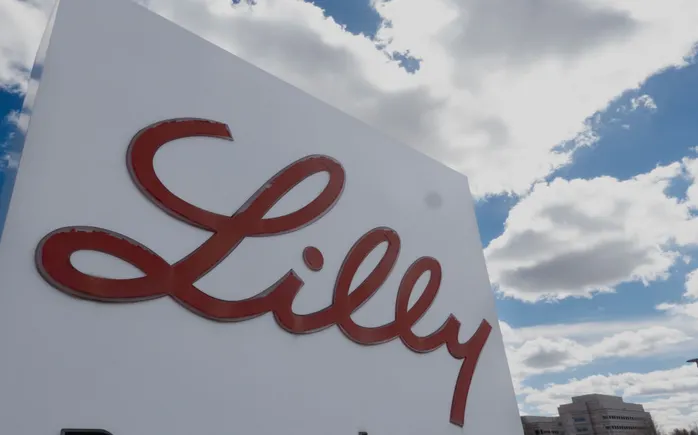The obesity market continues to be dominated by Eli Lilly and Novo Nordisk, the two leading companies with approved GLP-1 medications. Both pharma giants are striving to maintain their stronghold in the market by capitalizing on emerging opportunities and adapting to changing dynamics.
Novo Nordisk experienced an 18% increase in sales in the first half of the year, although the Danish company adjusted its revenue and profit outlook for the remainder of 2025 due to slower growth than anticipated. On the other hand, Lilly has been making significant strides in the market, particularly with the success of Zepbound, its tirzepatide drug for obesity. Lilly reported a 38% revenue increase in the second quarter and a 41% increase for the first half of the year, prompting an upward revision of its 2025 guidance.
The latest earnings reports from Lilly and Novo shed light on the competitive landscape of the GLP-1 market, with both companies vying for dominance while other drugmakers await their turn to enter the arena. Here are some key insights gleaned from the recent earnings reports:
### Market Growth and Competition
The GLP-1 market saw growth in the second quarter, with Lilly’s total prescriptions surging by 41% compared to the previous year. Lilly’s market share also increased to 57% in the second quarter, with its tirzepatide medications accounting for two-thirds of all patients taking obesity drugs. Executives at Lilly are optimistic about the market’s potential for further growth, as only a small percentage of Americans were using GLP-1 medications for obesity or diabetes last year.
Novo Nordisk, on the other hand, noted a slowdown in the growth of its GLP-1 drugs for diabetes but emphasized the expanding opportunities in the obesity market. With the obesity market on the rise, Novo sees room for improvement and is focused on capitalizing on this growth.
### Race for Oral Medications
Both Novo and Lilly are in advanced stages of trials for oral versions of their GLP-1 drugs. Novo is currently seeking FDA approval for its once-daily semaglutide pill, while Lilly announced promising results from a phase 3 trial of its oral GLP-1 medication, orforglipron. Despite some concerns about orforglipron’s performance compared to Novo’s option, Lilly is pushing forward with regulatory submissions and plans to initiate late-stage studies for other conditions.
### Manufacturing Investments
As demand for GLP-1 products rises, Novo and Lilly have been investing heavily in manufacturing capacity. Lilly has announced the addition of four new manufacturing sites in the U.S., while Novo has made substantial investments in increasing global manufacturing capacity. Both companies are ramping up production to meet the growing demand for GLP-1 drugs.
In conclusion, the competition between Eli Lilly and Novo Nordisk in the GLP-1 market is fierce, with both companies striving to innovate, expand their product offerings, and capitalize on market opportunities. As the market continues to evolve, these two pharmaceutical giants are at the forefront of driving advancements in obesity and diabetes treatment.


